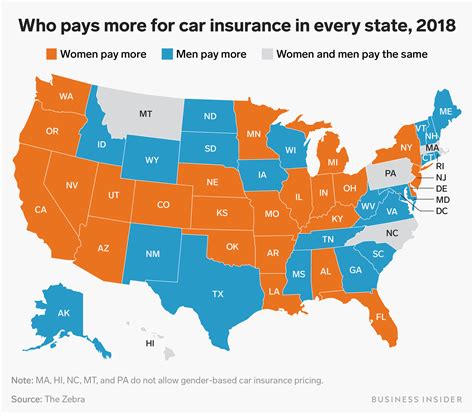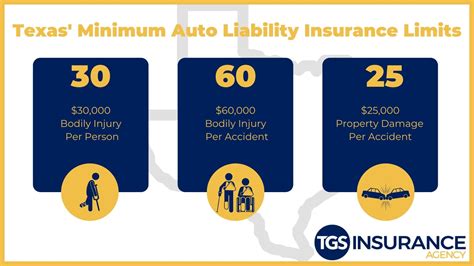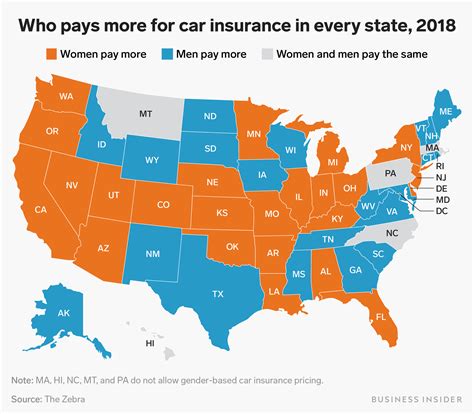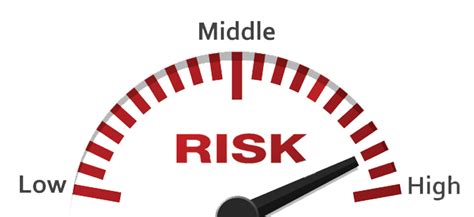
- Introduction
- Essential Coverage Types
- Insurance Policy Structure
- Premium and Deductibles
- Claims and Coverage Exclusions
- Table: Common Car Insurance Terms and Definitions
- Conclusion
-
FAQ about Car Insurance Terms
- 1. What is a deductible?
- 2. What is comprehensive coverage?
- 3. What is collision coverage?
- 4. What is liability coverage?
- 5. What is an insurance premium?
- 6. What is an insurance policy?
- 7. What is a grace period?
- 8. What is a claims history?
- 9. What is a salvage title?
- 10. What is uninsured motorist coverage?
Introduction
Greetings, readers! Welcome to our in-depth guide on car insurance terms. In the maze of insurance jargon, understanding the key concepts is crucial for making informed decisions about your policy. This guide will navigate you through the essential terms you need to know to protect yourself and your vehicle effectively.
As you embark on this journey, keep in mind that clarity and simplicity are our top priorities. Let’s demystify the language of car insurance together.
Essential Coverage Types
Liability Coverage: A Safety Net in Case of Mishaps
Liability coverage is a cornerstone of car insurance. It shields you financially if you cause an accident resulting in bodily injury or property damage to others. It covers the costs associated with medical expenses, legal fees, and repair or replacement of damaged property.
Collision and Comprehensive Coverage: Protecting Your Vehicle
Collision coverage safeguards your car in the event of a crash with another vehicle or object. It covers the repair or replacement costs of your own automobile, regardless of who is at fault. Comprehensive coverage extends protection to your vehicle against non-collision-related perils such as theft, vandalism, or natural disasters.
Insurance Policy Structure
Declarations Page: Your Policy’s Blueprint
The declarations page of your car insurance policy is a detailed summary of the essential information, including your coverage limits, deductibles, and premium payments. It serves as the blueprint of your insurance plan and provides a quick overview of your coverage.
Policy Term and Renewals: Understanding Your Coverage Duration
The policy term specifies the duration of your car insurance coverage, typically one year. Upon expiration, you will receive a renewal notice reminding you to renew your policy to maintain continuous coverage. Timely renewal ensures uninterrupted protection.
Premium and Deductibles
Premium: The Cost of Protection
Your car insurance premium is the amount you pay to maintain your policy. It is calculated based on factors such as your driving history, age, vehicle type, and coverage levels. A higher premium typically reflects a lower risk profile.
Deductible: Your Out-of-Pocket Contribution
A deductible is the amount you pay out of pocket towards repair or replacement costs before your insurance kicks in. Selecting a higher deductible can lower your premium but increase your out-of-pocket expenses in the event of a claim.
Claims and Coverage Exclusions
Filing a Claim: Navigating the Process
If you are involved in an accident, promptly reporting it to your insurance company is crucial. The claims process involves gathering evidence, assessing damages, and determining the payout. Understanding the claim process streamlines the recovery.
Coverage Exclusions: Defining the Boundaries
Every car insurance policy has exclusions, which are specific circumstances or events that are not covered. Typical exclusions include intentional damage, racing, or driving under the influence of alcohol or drugs. Knowing your exclusions helps you manage your risk.
Table: Common Car Insurance Terms and Definitions
| Term | Definition |
|---|---|
| Bodily Injury Liability | Coverage for expenses related to injuries sustained by others in an accident caused by you |
| Collision Coverage | Protection for damages to your vehicle resulting from a collision with another vehicle or object |
| Comprehensive Coverage | Coverage for damages to your vehicle caused by non-collision events such as theft, vandalism, or natural disasters |
| Deductible | The amount you pay out of pocket before your insurance coverage kicks in |
| Declarations Page | A summary of your policy’s coverage, limits, and premium |
| Exclusions | Specific circumstances or events that are not covered by your policy |
| Liability Coverage | Coverage for financial responsibility in case you cause bodily injury or property damage to others |
| Policy Term | The duration of your insurance coverage, typically one year |
| Premium | The amount you pay to maintain your car insurance policy |
Conclusion
Dearest readers, we hope this guide has provided you with a comprehensive understanding of car insurance terms. Remember, knowledge is power, especially when it comes to protecting your vehicle and financial well-being.
As you navigate the world of car insurance, feel free to explore our other articles for further insights and expert advice. Remember, insurance jargon doesn’t have to be intimidating. With our help, you can confidently make informed decisions and safeguard your automotive adventures.
FAQ about Car Insurance Terms
1. What is a deductible?
A deductible is the amount of money you pay out-of-pocket before your insurance coverage kicks in.
2. What is comprehensive coverage?
Comprehensive coverage protects your car against damage that is not caused by a collision, such as theft, vandalism, or weather-related incidents.
3. What is collision coverage?
Collision coverage protects your car against damage caused by a collision with another vehicle or object.
4. What is liability coverage?
Liability coverage protects you against financial responsibility for injuries or damage caused to others in an accident that you are at fault for.
5. What is an insurance premium?
An insurance premium is the amount of money you pay to your insurance company for coverage.
6. What is an insurance policy?
An insurance policy is a contract between you and your insurance company that outlines the terms and conditions of your coverage.
7. What is a grace period?
A grace period is a short period of time after your insurance premium is due when you can still make a payment without being canceled.
8. What is a claims history?
A claims history is a record of all the insurance claims you have filed.
9. What is a salvage title?
A salvage title is a type of car title that is issued when a car has been declared a total loss by an insurance company.
10. What is uninsured motorist coverage?
Uninsured motorist coverage protects you against financial responsibility for injuries or damage caused by an uninsured driver in an accident.




